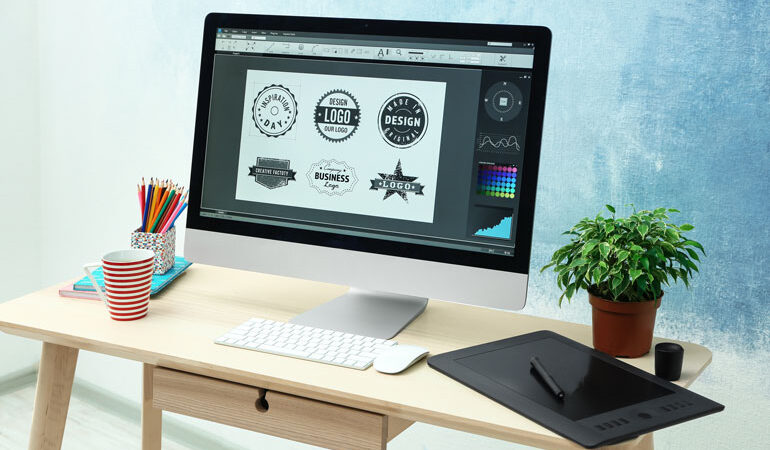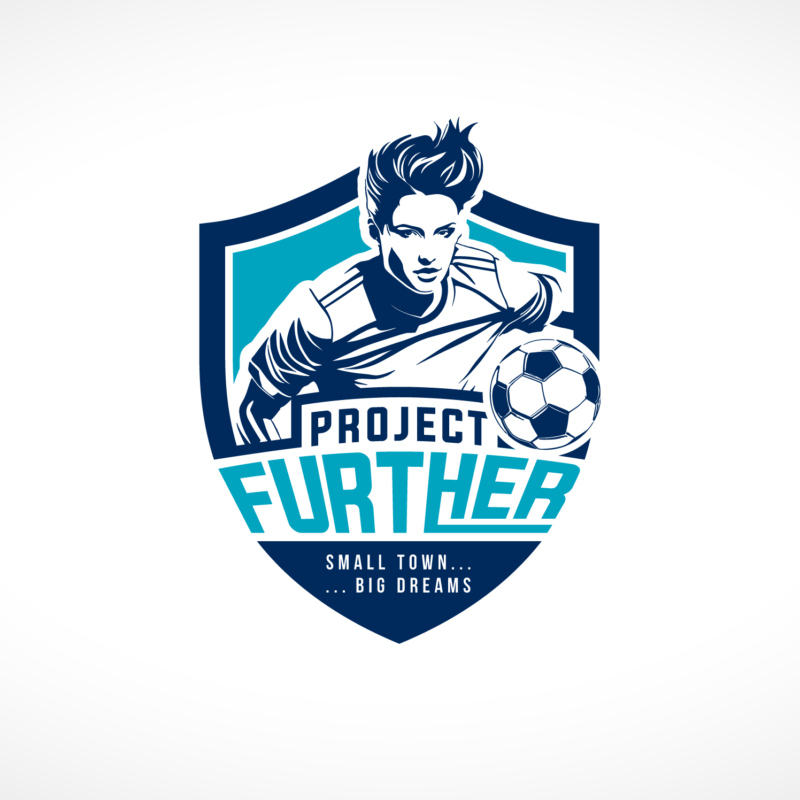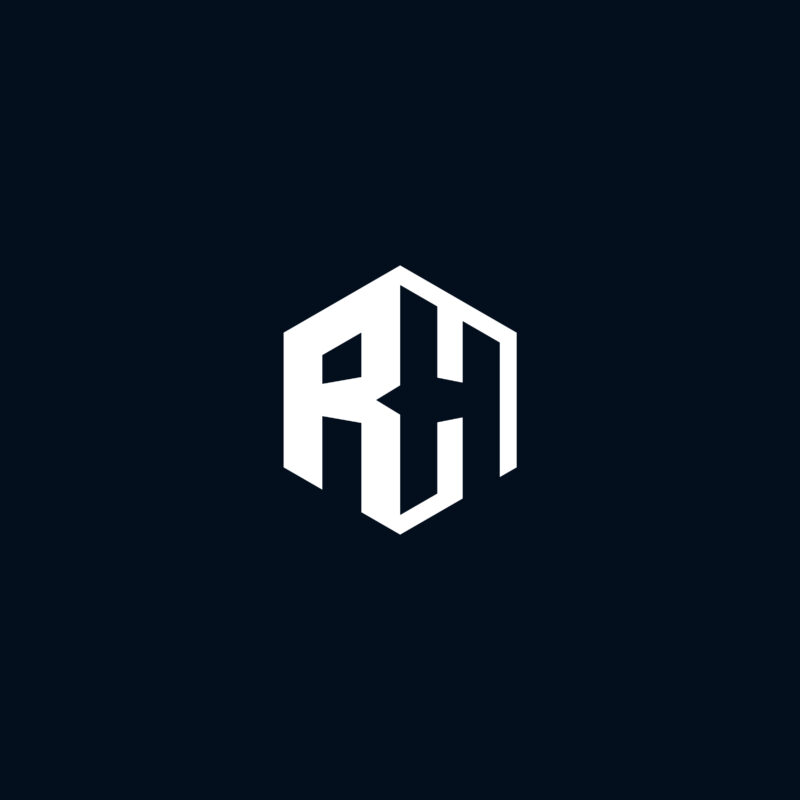
Our logo plans are designed to cater to businesses seeking to make a lasting impression with their brand identity. This article dives into the nuanced world of typography logo design, offering expert tips on achieving the perfect blend of hierarchy and balance.
Understanding Typography in Logo Design
Typography involves the skillful arrangement of text to ensure that written language is not only legible and readable but also visually attractive when presented. Within the realm of logo design, typography transcends the role of a mere instrument; it embodies an articulation of your brand’s character, core values, and ambitions. Skillfully crafted typography in a logo can project a range of attributes such as professionalism, inventiveness, whimsy, or elegance, based on its execution.
The Role of Rabbit in Crafting Typography Logos
At Rabbit, we believe that every logo project is a journey into the heart of a brand’s identity. Our approach is holistic, combining creativity with strategic thinking to create typography logos that are not just beautiful but effective. With a deep understanding of typographic principles and a keen eye for design trends, Rabbit is your partner in bringing your brand’s vision to life.
The Importance of Visual Hierarchy
Visual hierarchy plays a pivotal role in the design of typography logos, denoting the strategic organization or display of elements to suggest their significance. This principle directs the viewer’s gaze, dictating the order in which they should notice the components of the logo, thereby crafting a visual narrative that adeptly conveys the brand’s message.
Tips for Achieving Visual Hierarchy
- Contrast: Use contrasting font weights, sizes, and styles to differentiate parts of your logo. The most important element, often the brand name, should stand out the most.
- Size: Larger elements are seen first. Scale your brand name to be the focal point, with taglines or other elements in smaller sizes.
- Color: Color can guide the eye and create focal points. Utilizing brand colors strategically can enhance the hierarchy within your logo.
- Spacing: Adequate spacing between letters (kerning) and between different elements (tracking) can significantly impact how your logo is perceived. Proper spacing ensures clarity and readability.
Mastering Balance in Typography Design
Balance is equally crucial in typography logo design. It is about distributing the visual weight of elements evenly across the design to achieve a composition that feels stable and aesthetically pleasing.
Techniques for Ensuring Balance
- Symmetry: Symmetrical designs are inherently pleasing to the eye and can convey a sense of order and stability.
- Asymmetry: For a more dynamic and modern look, asymmetrical designs can be balanced through clever use of color, size, and spacing.
- Alignment: Proper alignment of elements, whether centered, left, or right-aligned, contributes to a balanced look.
- Whitespace: Don’t fear negative space. Whitespace can help balance out more complex elements, giving your logo a professional and uncluttered look.
In the process of designing a typography logo, the interplay between hierarchy and balance is a dance of visual elements. Each step taken should be deliberate, aiming to tell your brand’s story more effectively. Whether it is choosing the right font or tweaking the kerning, every decision contributes to the overall impact of the logo.
Advanced Typography Techniques
- Experimentation with Letterforms
Do not shy away from experimenting with letterforms to create something truly unique. Customizing individual letters or even creating a bespoke typeface can set your logo apart. This could involve modifying existing fonts to better align with your brand’s personality or entirely custom lettering that acts as a distinctive mark for your brand.
- The Power of Context
Understanding the context in which your logo will be primarily used is vital. A digital-first brand might prioritize clarity and legibility across various screen sizes, while a luxury brand may focus on the elegance and sophistication of serif fonts in print. Tailoring your typography to fit your brand’s context ensures that your logo performs optimally across all touchpoints.
- Incorporating Personality and Storytelling
Your logo is a prime opportunity to infuse your brand’s personality and story into visual form. Consider what your chosen typography conveys—is it modern and minimalist, or traditional and trustworthy? The story of your brand should resonate through the choice of type, creating an emotional connection with your audience.
- Responsiveness and Scalability
In today’s multi-platform world, your logo must be adaptable. It should maintain its integrity and legibility whether it is displayed on a giant billboard or a small smartphone screen. This scalability is crucial for maintaining brand consistency across diverse media channels, ensuring your logo remains effective and recognizable everywhere.
- Navigating Typography Trends
While staying current with design trends can provide fresh inspiration, it is essential to approach trends with a strategic mindset. Trends can offer insights into contemporary design preferences, but your typography choice should ultimately be timeless, ensuring your logo remains relevant and engaging for years to come.
- The Role of Feedback and Iteration
Designing a typography logo is rarely a linear process. It involves cycles of feedback, iteration, and refinement. Presenting your designs to a diverse audience can provide invaluable insights, helping you fine-tune your logo to better meet your brand’s objectives. This iterative process is key to achieving a logo that resonates deeply with your target audience.
It is clear that the journey from concept to final design is intricate and nuanced. At Rabbit, we are passionate about navigating this journey with you, leveraging our expertise to create a typography logo that captures the essence of your brand. Through our carefully curated logo plans, we offer a spectrum of options to bring your vision to life, ensuring that your brand’s first impression is both memorable and impactful.
In the realm of typography logo design, balancing aesthetic appeal with functionality is an art form in itself. By embracing these advanced tips and techniques, you are well on your way to creating a logo that not only looks exceptional but also encapsulates your brand’s unique story and values. Remember, a great logo is more than just a visual mark—it is a reflection of your brand’s identity, a beacon for your values, and a magnet for your audience.


